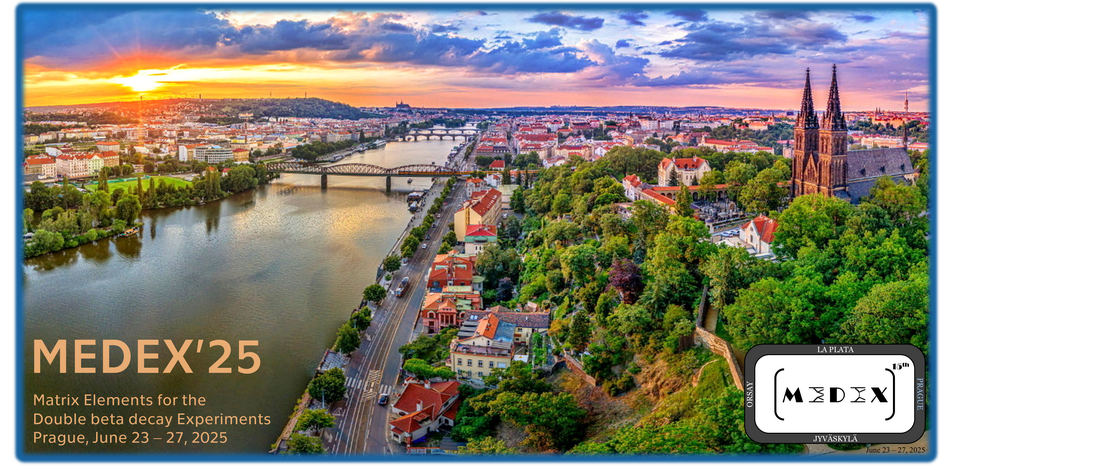Speaker
Description
In this presentation, we investigate the electron capture decay of 9797Tc to the 320 keV excited state of 9797Mo, exploring its potential application in neutrino mass determination. We calculate the decay half-life and the energy distribution released following the capture. Due to uncertainties in the angular momentum of the final state, we consider multiple possible transition types. By comparing our results with the experimentally measured total half-life, we are able to point out unlikely angular momentum assignments currently listed in nuclear databases.
Our calculations employ a self-consistent Dirac–Hartree–Fock–Slater approach to determine electron wave functions and binding energies. We implement a refined energy conservation scheme that accounts for changes in the energy of spectator electrons, enhancing the accuracy of predicted energy peaks observed in detectors. Additionally, we incorporate corrections for exchange and overlap effects, as well as shake-up and shake-down processes.

